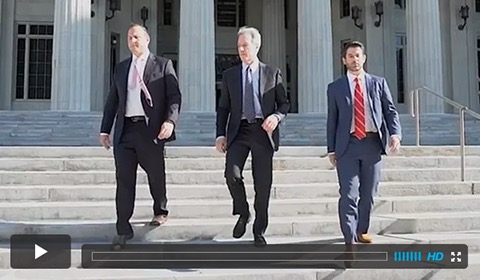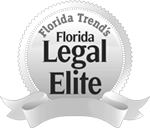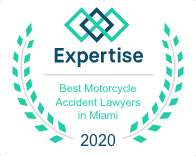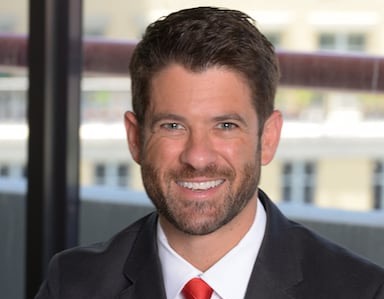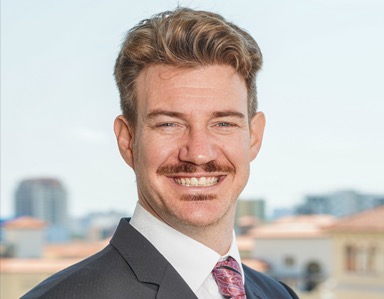Complex Supply Chains Complicate Product Liability Lawsuits
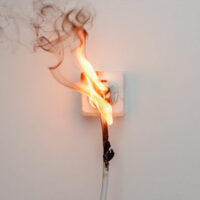
Even products that are assembled here in the United States have components that are manufactured overseas. When you think about all the effort that goes into making a single pencil, from harvesting the wood, rubber, lead, the metal to house the eraser, a simple pencil doesn’t seem so simple any longer. In the real world, the effort of thousands of people all over the world go into making something as simple as a pencil.
Meanwhile, sites like Amazon are giving Americans access to devices and manufacturers overseas. These manufacturers may or may not meet minimum standards for the U.S. market. Amazon does nothing to police these manufacturers and often moves slowly to remove dangerous products from their platform.
In other words, product liability lawsuits are more complex than ever and the law moves slowly to catch up. Those injured by dangerous products sometimes find themselves unable to file suits against the manufacturers who are overseas. Meanwhile, Amazon fights liability suits over products supplied by their marketplace and until recently, it was very hard to hold them accountable.
Key terms to know
There are two terms that you should know. The first is OEM. The second is VAR. An OEM is an original equipment manufacturer. Ford, for instance, is an OEM making all of the parts for their vehicles. A VAR is a value-added reseller. They may purchase parts from an OEM to create novel products. In some cases, companies produce replacement parts on the cheap that are not manufactured by the OEM. These parts are often not manufactured to the same standards and can, in some cases, void the warranty.
Understanding product liability lawsuits
Most product liability lawsuits are filed under a theory of strict liability. That means that the plaintiff does not need to prove negligence, or “the state of mind” of the manufacturer. They just need to prove one of three elements. Either the product was defective by design, contained a manufacturing defect, or was intrinsically dangerous and the manufacturer failed to warn.
In strict liability cases, the plaintiff only needs to establish that their injury was the result of one of the aforementioned. When a personal injury lawyer files a lawsuit against a product manufacturer, they often target a single component. However, the lawsuit ends up being filed against all companies along the supply chain. It is a matter for a jury to decide how much liability each company contributed. While the manufacturer of a defective component may contribute the most liability, the other companies that used the defective component and entered it into the stream of commerce are also liable.
Talk to a Florida Product Liability Lawyer Today
Halpern, Santos & Pinkert have the resources you need to take on major companies in product liability lawsuits. Call our Florida personal injury lawyers today to schedule a free consultation and we can discuss strategy and plan your recovery.

